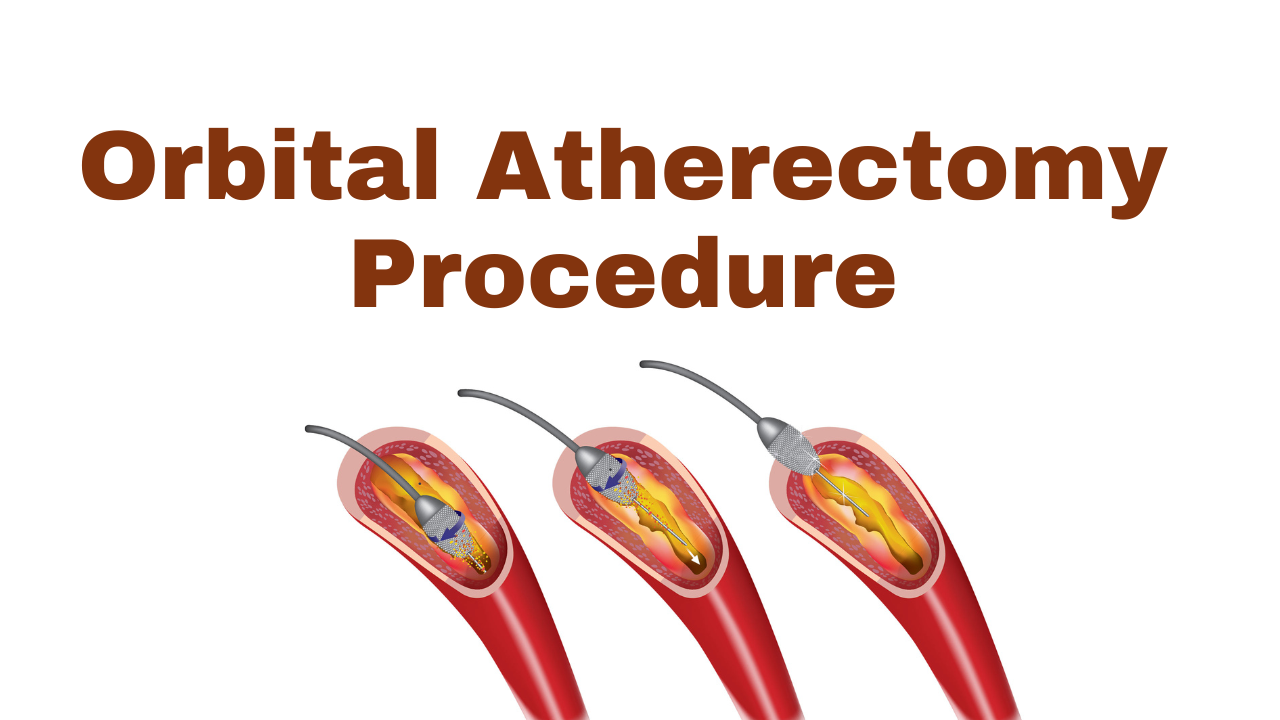 Posted on September 10, 2024
Posted on September 10, 2024
Revolutionizing Cardiovascular Care: Orbital Atherectomy Procedure by Dr. Girish B Navasundi
Cardiovascular diseases remain one of the leading causes of death worldwide, with coronary artery disease (CAD) being a significant contributor. Treating complex arterial blockages is critical in preventing heart attacks and ensuring long-term heart health. Among the latest innovations in treating CAD is the Orbital Atherectomy procedure, a groundbreaking technique employed by Dr. Girish B Navasundi, Senior Consultant in Interventional Cardiology at Apollo Hospitals, Bannerghatta, Bengaluru.
In a recent medical milestone, Dr. Girish and his expert team successfully performed Orbital Atherectomy on two patients with severely calcified arteries, a condition often resistant to traditional treatments like balloon angioplasty or stenting. These successful procedures demonstrate not only the advanced medical capabilities of the hospital but also Dr. Girish’s skill in using the latest innovations to treat the most challenging cases.
What is the Orbital Atherectomy Procedure?
Orbital Atherectomy is a minimally invasive procedure used to treat severely calcified plaque within the coronary arteries. Calcification within the arteries can make it difficult for conventional stents or angioplasty to succeed, leading to a higher risk of complications. Orbital Atherectomy uses a small, diamond-coated rotating crown to grind down the calcified plaque, creating smoother arterial walls that allow for the successful placement of stents and other coronary interventions.
Why is Orbital Atherectomy Important?
In patients with highly calcified coronary arteries, traditional methods often fail to provide long-term relief because the stiff plaque makes the arteries difficult to expand. Orbital Atherectomy is specifically designed for these high-risk cases, allowing doctors to safely modify the plaque and ensure the artery can be opened without tearing or damaging the artery’s walls.
By removing the calcified plaque and reshaping the artery, this procedure reduces the likelihood of complications, improves blood flow to the heart, and increases the chances of long-term success for stents.
A Milestone in Cardiac Care at Apollo Hospitals
The successful completion of these procedures by Dr. Girish B Navasundi and his team is a landmark achievement, demonstrating the hospital’s commitment to utilizing the latest technologies in interventional cardiology. Apollo Hospitals, Bannerghatta, has long been known for handling complex cardiovascular cases, and the addition of Orbital Atherectomy to its treatment offerings underscores its leadership in cutting-edge heart care.
Dr. Girish, known for handling high-risk and complicated cardiac procedures, emphasizes the importance of personalizing treatment options for each patient. The Orbital Atherectomy procedure, performed on patients with highly calcified arteries, shows the success of using state-of-the-art medical advancements to provide safer and more effective outcomes.

Key Benefits of Orbital Atherectomy:
- Minimally invasive: Reduces recovery time and post-operative complications.
- Precision treatment: Targets heavily calcified plaques that other treatments may not effectively address.
- Enhanced stent placement: Creates a smoother arterial surface, allowing for better stent deployment and longer-lasting results.
- Reduced risk of artery dissection: The procedure minimizes the chance of arterial tears during stent placement.
Frequently Asked Questions (FAQs) about Orbital Atherectomy
1. What conditions require an Orbital Atherectomy procedure?
Orbital Atherectomy is recommended for patients with severe calcified coronary artery disease. When calcium deposits harden in the arteries, it becomes difficult to treat them using traditional methods like balloon angioplasty or stenting. This procedure is ideal for cases where the arteries are too rigid for these standard treatments.
2. Is Orbital Atherectomy safe?
Yes, Orbital Atherectomy is a safe procedure, particularly for patients with complex calcified lesions that would otherwise be difficult to treat. While any heart procedure carries some risks, the minimally invasive nature of Orbital Atherectomy typically results in fewer complications and faster recovery times.
3. How long does the procedure take?
The Orbital Atherectomy procedure usually takes about 1-2 hours, depending on the complexity of the case. However, this can vary based on the severity of the arterial calcification and other patient-specific factors.
4. What is the recovery time after an Orbital Atherectomy?
Recovery time is relatively short compared to traditional open-heart surgeries. Most patients can go home within 24 to 48 hours after the procedure and resume normal activities within a week. However, the specific recovery time will depend on the individual case and overall health of the patient.
5. How successful is Orbital Atherectomy in treating coronary artery disease?
Orbital Atherectomy has a high success rate, particularly in patients with severe calcified plaque. By improving the artery’s structure, it allows for better stent placement and long-term success. The procedure significantly reduces the chances of restenosis (re-narrowing of the artery) and other complications associated with coronary artery disease.
6. Are there any side effects or risks?
Like all medical procedures, Orbital Atherectomy comes with some risks, including potential damage to the artery, embolism, or adverse reactions to anesthesia. However, these risks are significantly lower compared to traditional methods, especially in cases where calcification is severe.
7. Can all patients with coronary artery disease undergo Orbital Atherectomy?
Not all patients are candidates for this procedure. It is specifically designed for those with severely calcified arteries that cannot be treated effectively with standard balloon angioplasty or stenting alone. A thorough evaluation by a cardiologist is necessary to determine if Orbital Atherectomy is the best option.